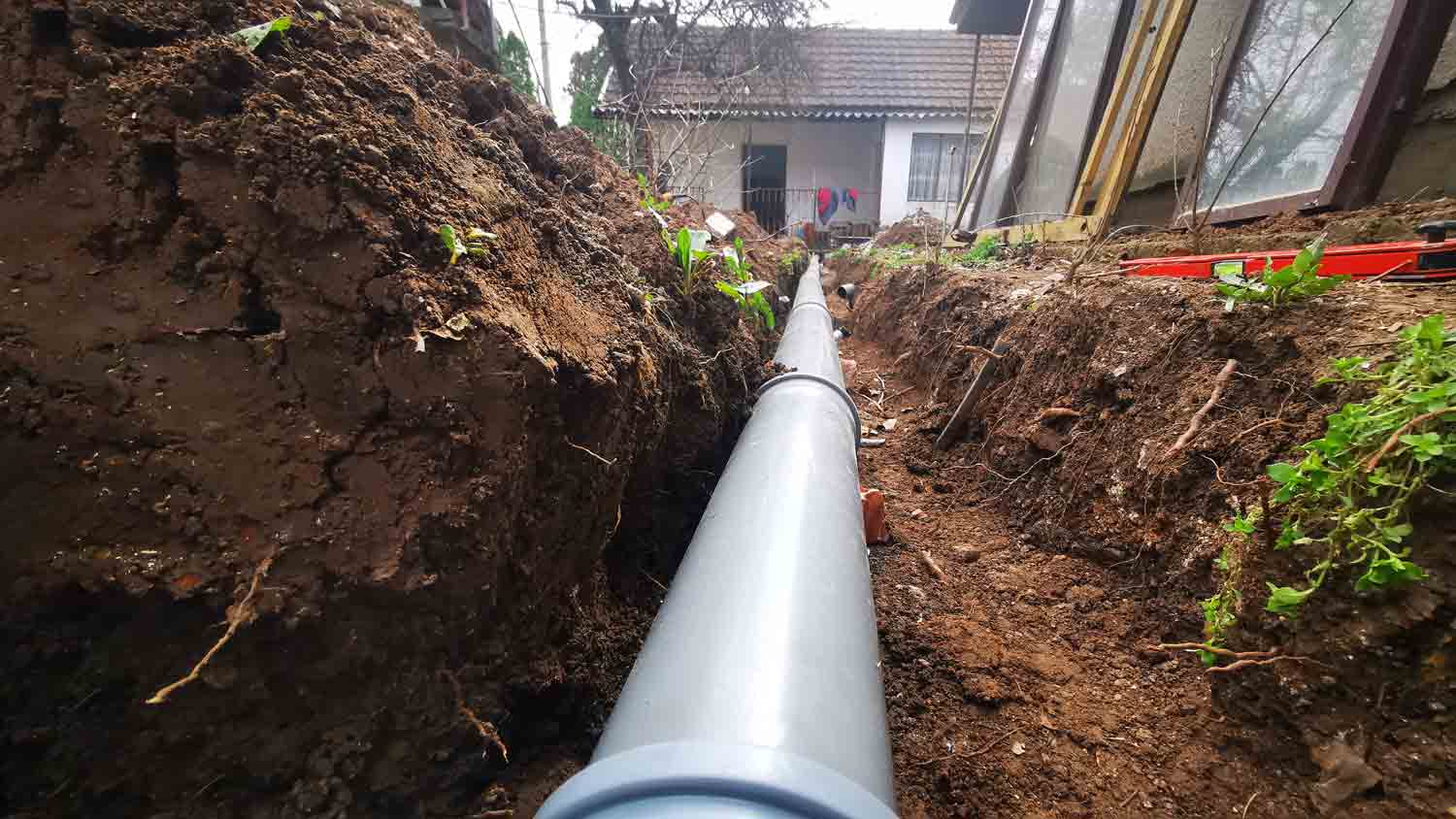.jpg?impolicy=leadImage)
Landscaping your yard adds curb appeal and expands your home’s living space into the outdoors. Learn how much landscaping costs for various projects.
Pluck breakfast from your yard every morning


There’s nothing more refreshing than biting into a crisp, tart piece of citrus. However, you don’t have to go out and purchase your favorite fruit at the grocery store or farmers’ market; in many places, you can grow it at home—whether your poison is lemon, lime, orange, grapefruit, or kumquat.
Buy your tree from a local nursery and follow this guide to learn how to plant it in your yard or in a moveable pot or planter box.
The ideal temperature for growing citrus trees ranges between 55 and 90 degrees Fahrenheit. If you’re located in plant hardiness zones 8 through 11, you can grow citrus outdoors year-round.
In growing zones 4 to 7—or anywhere the temperature drops below freezing—plant the tree in a pot so that you can move it indoors during the colder part of the year. Lemons and limes are especially sensitive to cold. Early spring is the best time to plant, but you can do it any time the soil isn’t frozen.
It’s crucial to choose the right spot to plant your citrus tree. Find an area that’s consistently sunny but sheltered from the harshest wind and rain. The southern side of your home is often a good option.
Avoid planting it too close to other trees—each full citrus tree needs between 12 and 15 feet of space, while dwarf plants require 6 to 12 feet. Also keep in mind that if any branches end up growing over a fence or property line, your neighbors will have the right to pick fruit or trim the tree back.
You’ll need to choose the right soil and get it into a condition that will encourage your tree to thrive.
Choose a soil that retains some moisture but drains well. Citrus trees respond poorly to standing water. Sandy soils are a good option. The plants prefer a slightly acidic soil.
Use a spade to get the soil nice and loose, going as deep as the tool will penetrate. Prepare an area that’s at least three times the diameter as the pot. Add topsoil mix, compost, or any other organic matter as you go, turning and mixing it with the soil.
If you’re planting in a container, select a well-draining soil mix and add a little sand. Add stone or a screening wire to the bottom of the bottom. Place enough soil so that the root ball will sit slightly above the depth of where it sits in the container from which you’re transferring it.
The depth of the hole required depends on the size of your tree—but a good general rule is to aim for one-and-a-half times as wide as the root ball and as deep as it is tall.

The method of planting your citrus tree depends on whether you’re growing it outdoors or in a container.
Remove the tree from the pot and clear away the outer soil from the root ball. Place the tree at the center of the hole, making sure it doesn’t tilt. Backfill the hole with soil, covering the roots, and tamping thoroughly to knock out any air pockets. No more than an inch of soil should cover the root ball.
When the hole is halfway full, spray it with a little water. Repeat this step at the end, watering the soil to settle it after the hole is full. Let it soak and wait until it all drains away to confirm that the roots are getting all the water they need.
If you’re planting in a container, take the tree out of its nursery pot and loosen up the soil around the root ball before planting it in your new container. Backfill the hole with soil, packing it tightly throughout so that air holes don’t form. Water thoroughly.
The tree needs to be watered regularly for at least three months. Water it two to three times the first week after planting, twice the following week, and then weekly thereafter. Let the soil soak deeply and dry between watering.
Most arborists recommend against staking citrus trees, and instead to allow the wind to strengthen the trunk.
Fertilize the tree every three to four months. Use one to two pounds of citrus fertilizer for every year of the tree’s age. Apply it around the drip line of the tree, keeping it away from the trunk. Mulch is not recommended.
Typically, citrus trees begin bearing fruit between three and six years of age, but the exact timing will depend on a variety of factors, including species and climate.
From average costs to expert advice, get all the answers you need to get your job done.
.jpg?impolicy=leadImage)
Landscaping your yard adds curb appeal and expands your home’s living space into the outdoors. Learn how much landscaping costs for various projects.

Leveling your yard can help with drainage and prevent damage to your home. Learn the cost to level a yard in Columbus, OH, and what factors can affect the price.

The cost to remove a boulder depends on the size, location, and equipment needed. Learn the average boulder removal cost and how to save money on removal.

Keep your yard from flooding by choosing the right piping and drainage. Learn what type of piping is used for the drainage system in a yard with this guide.

It isn’t immediately obvious who to hire when you need to regrade your yard. Here are the contractors perfect for this critical home project.

Nothing spruces up your home’s exterior quite like refreshing flower beds and walkways with landscaping materials. Learn what questions to ask about mulch before ordering.